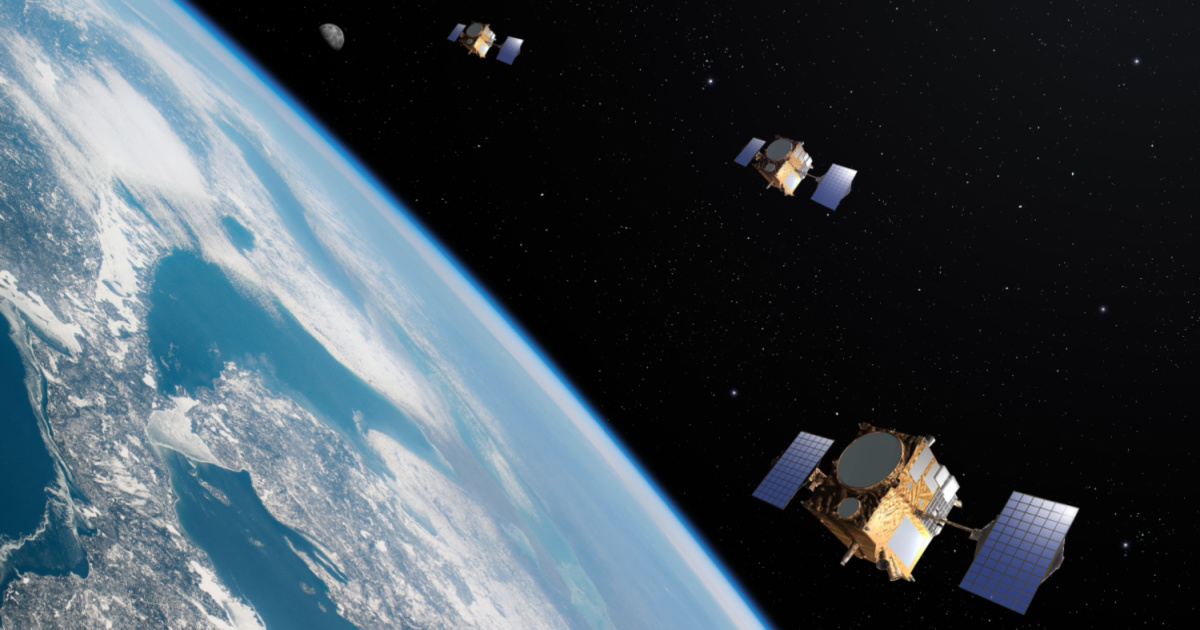
NASA used to be the only entity – or at least, close to it – launching satellites into orbit for the purpose of collecting scientific information.
Now, private companies, governments, technology entities, environmentalists, you name it, are all vying for their own little piece of Earth’s orbit.
It’s enough that it has heightened concerns for the safety of people on Earth as pieces of those satellites re-enter Earth’s atmosphere.
Just how many are up there?
Well, as of June 11, 2024, there are 11, 780 satellites orbiting Earth, according to the United Nations Office for Outer Space Affairs (UNOOSA).
Most of them are still functioning and are in low-Earth orbit.
Geostationary or geosynchronous orbit is located 22,236 miles above Earth’s equator, and a satellite placed there will follow the same spot as it moves around the planet as the Earth spins beneath it.
522 satellites, largely the communications and weather forecasting type, are placed here.
Medium-Earth orbit ranges from 1,243 miles up to the GEO, and is a prime location for navigation satellites like the Global Positioning System, Galileo, GLONASS, and BeiDou.
There are 199 of these in orbit, but some space internet providers are looking to make a move.
Because low-Earth orbit?
It’s getting crowded, with 8,110 currently residing there – 6,050 of which are from SpaceX’s megaconstellation Starlink.
And they’re looking to double that number to at least 12,000 (probably more, if they were being honest).
Concerns range from changes to the night sky for astronomers, light pollution, and as we said, a massive increase in space junk.
Satellites become damaged or simply stop working, and in those cases, are harder (or impossible) to control. This could lead to collisions and more collisions, and the likelihood of space junk virtually raining down on Earth.
This could also make it hard, if not impossible, for spacecraft to safely pass through these orbits to get to outer space for planned missions in the future.
I know that many of these satellites are necessary for myriad reasons.
It kind of seems like we should press pause on adding more until we can mitigate the growing issues, though.
If you thought that was interesting, you might like to read a story that reveals Earth’s priciest precious metal isn’t gold or platinum and costs over $10,000 an ounce!